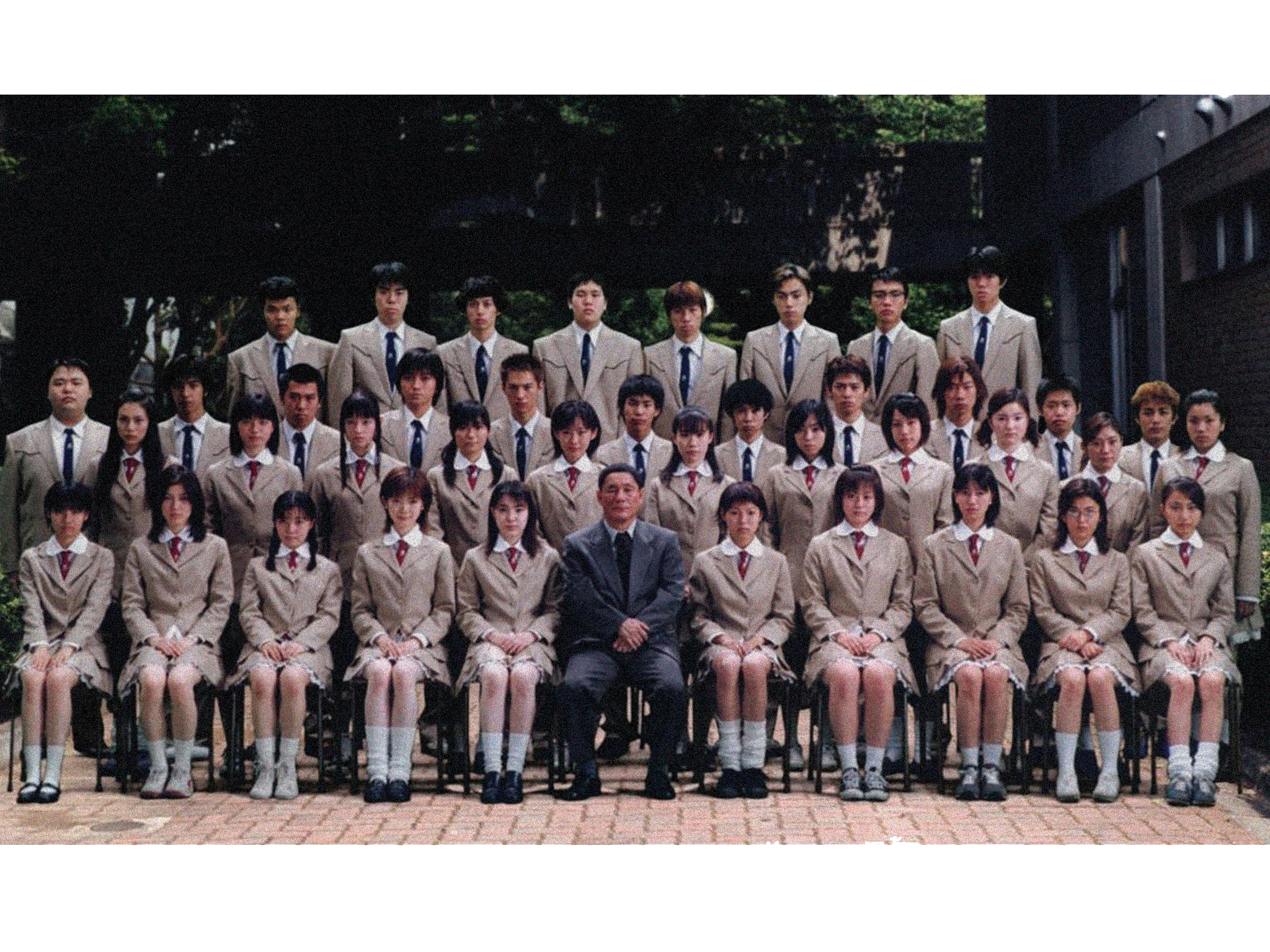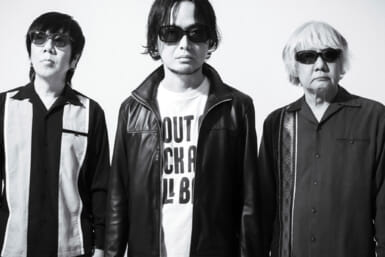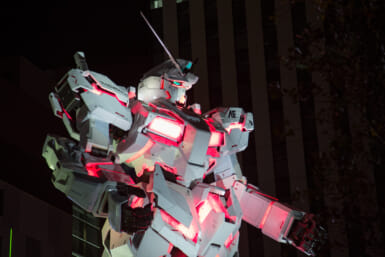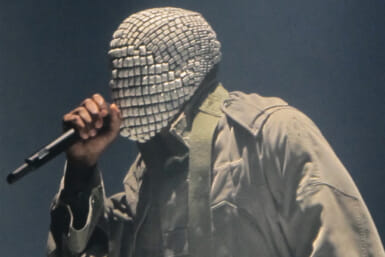In less than a week, the second season of Squid Game — a show about desperate people participating in deadly challenges for money — was viewed nearly 70 million times, becoming the most popular Netflix show in 92 countries. Part of Squid Game’s success is doing something new with a tried-and-tested formula. But an equally important part is having that “lethal game” formula there in the first place, which was perfected and popularized by Battle Royale.
Originally a 1999 novel by Koushun Takami later turned into a manga and two movies about middle school students forced to kill each other by a fascist government, the Battle Royale franchise might be a quarter-of-a-century old, but it still remains the beloved standard for stories about people trapped in life-or-death games. Squid Game’s creator Hwang Dong-hyuk openly admits to taking inspiration from Battle Royale, the origin of which is actually as fascinating in places as the South Korean drama.
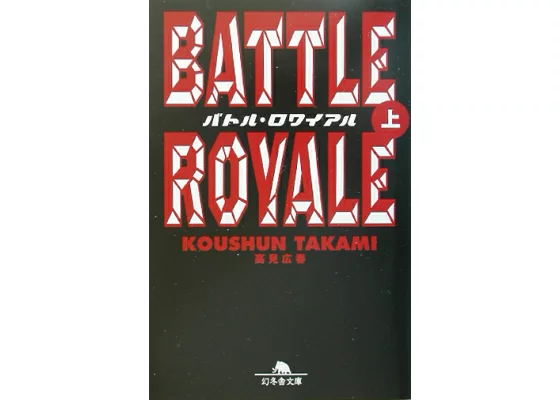
The Birth of Battle Royale All Started With a Dream
Some of the greatest stories ever started with a dream. Not a “dream” as in “an idea” but the little movie inside our heads we see while sleeping. James Cameron came up with the idea for The Terminator while having a fever-induced nightmare in Rome in 1981. As such, Takami is in a very exclusive club because he also got the idea for Battle Royale from a dream.
In a 2000 promotional guidebook for the movie, the author wrote that, one intense night when he wasn’t feeling well, he saw a dream-like vision of the fictional teacher Kinpachi Sakamoto smiling menacingly and saying to his students: “You’re all going to kill each other.”
Mr. Kinpachi in Class 3B is a famous TV show that ran from 1979 to 2011. It starred Tetsuya Takeda as the titular Mr. Kinpachi, a dedicated educator who helped his students navigate the many challenges of life, from pregnancy to suicidal tendencies. Today, the character is an archetype of the “caring teacher” in Japan, referenced everywhere from Gintama to Great Teacher Onizuka.
The idea of such a person forcing his pupils to kill each other is extremely disturbing. To get an idea of how the vision must have affected Takami, American readers should imagine Mister Rogers in place of Kinpachi Sakamoto (older UK readers may picture Tony Hart).
Takami referenced his experience in the novel and the comic by naming the sadistic overseer of the student kill-a-thon Kinpatsu Sakamochi. He was renamed “Kitano” in the movie version after Takeshi Kitano was cast in the role.
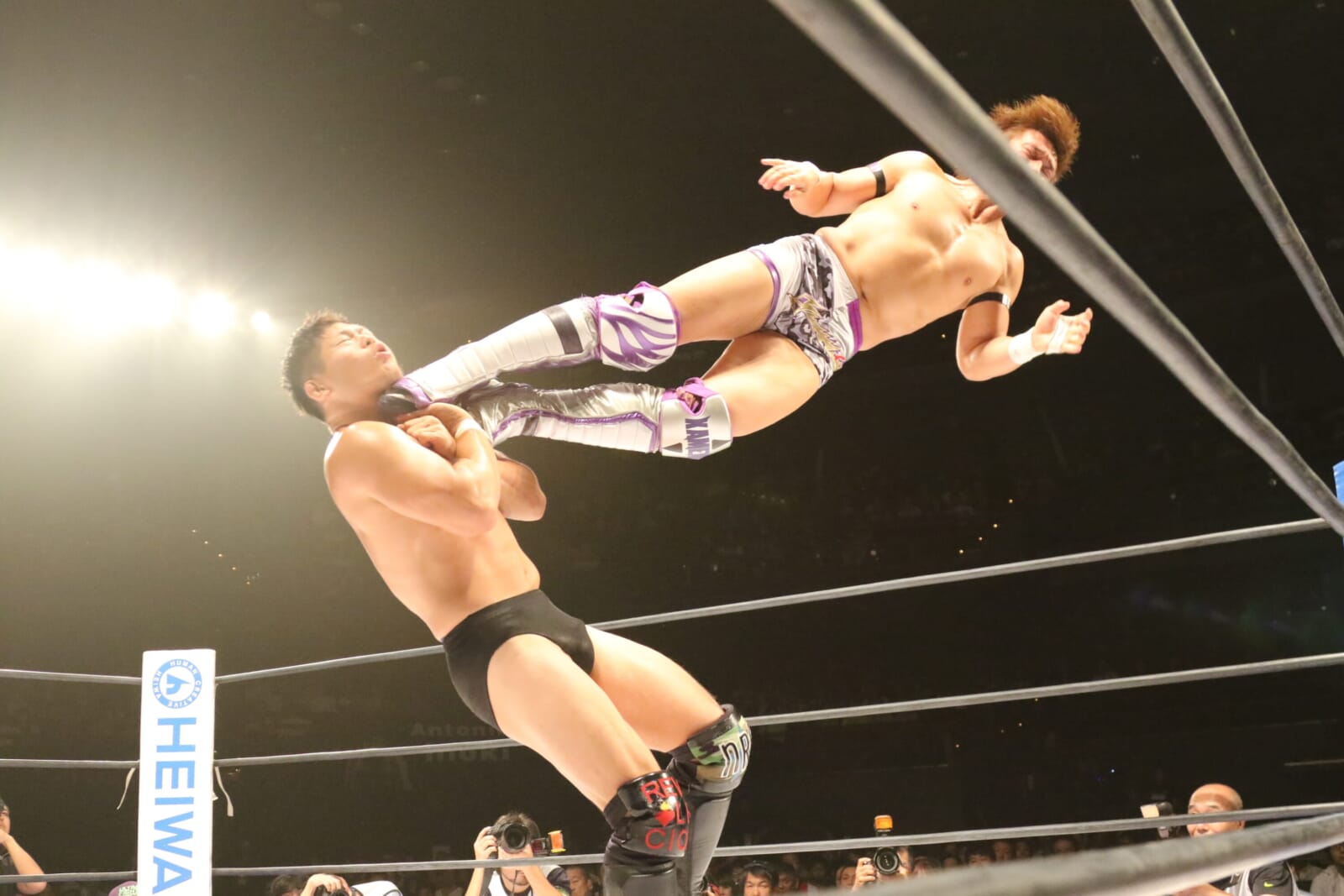
From Pro-Wrestling to Dystopian Horror: Battle Royale’s Unique Inspiration
The heart of Battle Royale is having to watch 42 teens navigate an impossible situation. Many don’t want to kill but are forced to by the rules of the Battle Experiment No. 68 Program. Even those who manage to stave off taking an active part in the slaughter by forming alliances are only delaying the inevitable.
In the end, there can only be one survivor (a rule enforced by exploding collars around the characters’ necks), which means that no friendship or romance can survive the program. It’s an emotionally haunting and devastating idea, which the author got from pro-wrestling.
In the intro to the 2003 edition of the book, Takami rants briefly about one pro-wrestler who “intentionally went for a count out, letting his partner win, a display of camaraderie which was kind of a letdown.” He added, “Oh, you can also team up with players who used to be your enemies. But the moment you think you’re teaming up to get rid of someone else, this sneaky friend can suddenly betray and beat you.”
The old saying advises creatives to write what they know, and since Takami knew pro-wrestling, he used that as one of his chief inspirations for Battle Royale. This is why the novel, though very entertaining, isn’t very deep. And, when it feels like it is, it’s mostly by accident. The movie is a different story, though.
The Battle Royale Film Is Inspired by a True, Horrifying Story
Battle Royale was brought to the big screen by director Kinji Fukasaku and screenwriter Kenta Fukasaku, with the former infusing the production with a lot of his personal experiences and beliefs.
In the 2000 companion book Battle Royale Insider, director Fukasaku says: “When I read the original story, I felt I had to make a serious movie about people dying as it reminded me of my own experiences in ninth grade.”
This was a reference to Fukasaku and his middle school class being drafted to work in a munitions’ factory during World War II, where he survived an air raid that resulted in many casualties that he and his friends had to help clean up. “As I lifted severed arms and legs,” he remembered, “I had a fundamental awakening… Adults could not be trusted.”
The Battle Royale novel is a very fun read, but it feels lacking in places. Among its 42 student characters, most are only given one-sentence descriptions and are rather samey, with the pro-wrestling-inspired violence being the point of the dystopian horror novel.
The movie plays it differently, going for a more nuanced anti-violence message starring more complex kids who were exploited by a sick, authoritarian system. This is pure Fukasaku, a master of social commentary, especially when it came to themes of the country failing its citizens and shattering their hopes and innocence, like in If You Were Young: Rage, which he produced, directed and co-wrote.
The reason why the movie version of Battle Royale is regarded as more than a gratuitous bloodbath is mainly thanks to Fukasaku.
So come this January 12, the anniversary of Kinji Fukasaku’s death, spare a thought for the brilliant director who leveraged his traumatic experiences to make a movie that made audiences both think and wince, and without whom, shows like Squid Game might never have existed.

